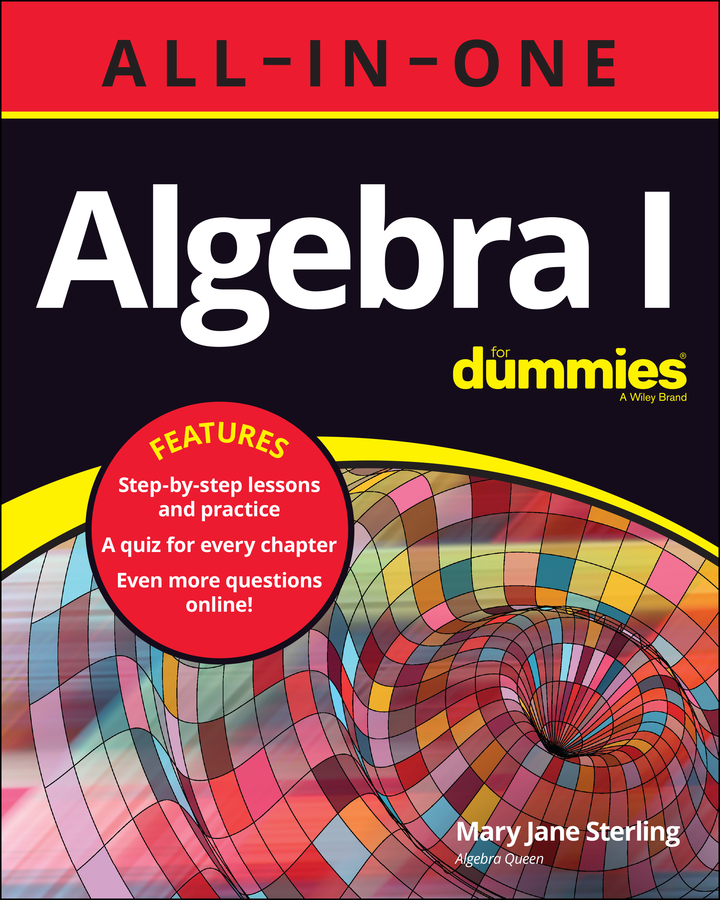Grouping symbols organize an algebra problem that contains multiple groups. These grouping symbols — parentheses (), brackets [], braces {}, radicals (the square root symbol), and fraction lines — show where a group starts and ends, and help to establish the order used to apply math operations.
If two or more of the grouping symbols are inside one another, they’re nested like this: { [ ( ) ] }. In this situation, you first solve within the parentheses and then work out toward the braces, as in the following example:

Solve the operations within parentheses.
Following the order of the grouping symbols ensures that you get the right answer. You need to perform the operation in the parentheses before you can solve the expression outside of the parentheses. In this example, you first add the 7 and 5 in the numerator, and the 2 and 1 in the denominator.

Solve the rest of the expression in the numerator and in the denominator.
The fraction line is a grouping symbol. You must solve the expressions in the numerator and denominator separately before you can divide the denominator into the numerator. For example, the 4 and 12 in the numerator must be multiplied together first, and then the result, 48, can be divided by 3.


